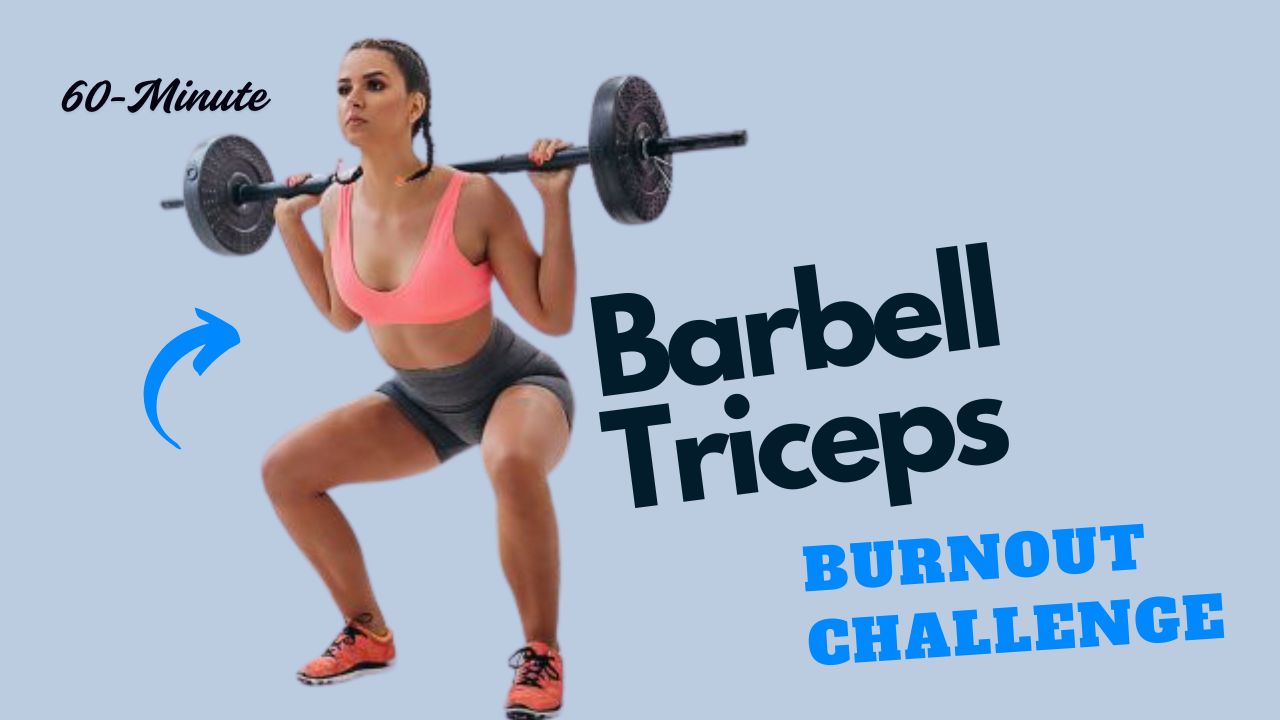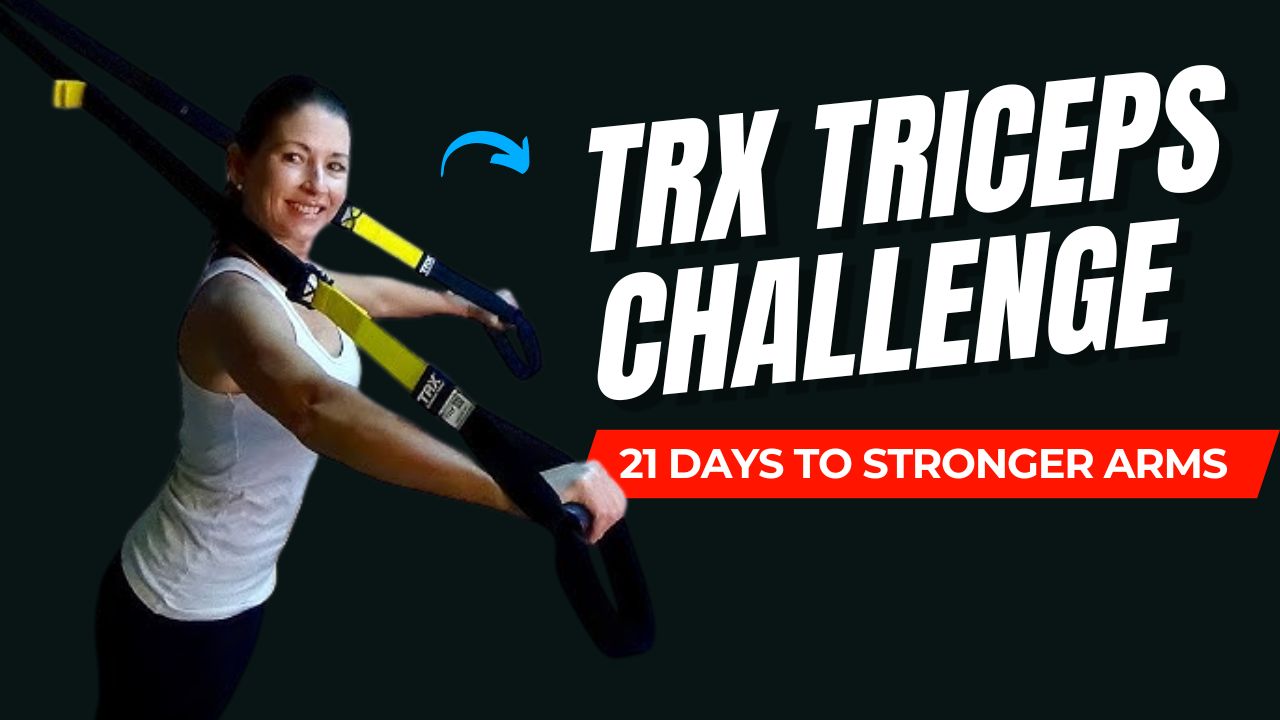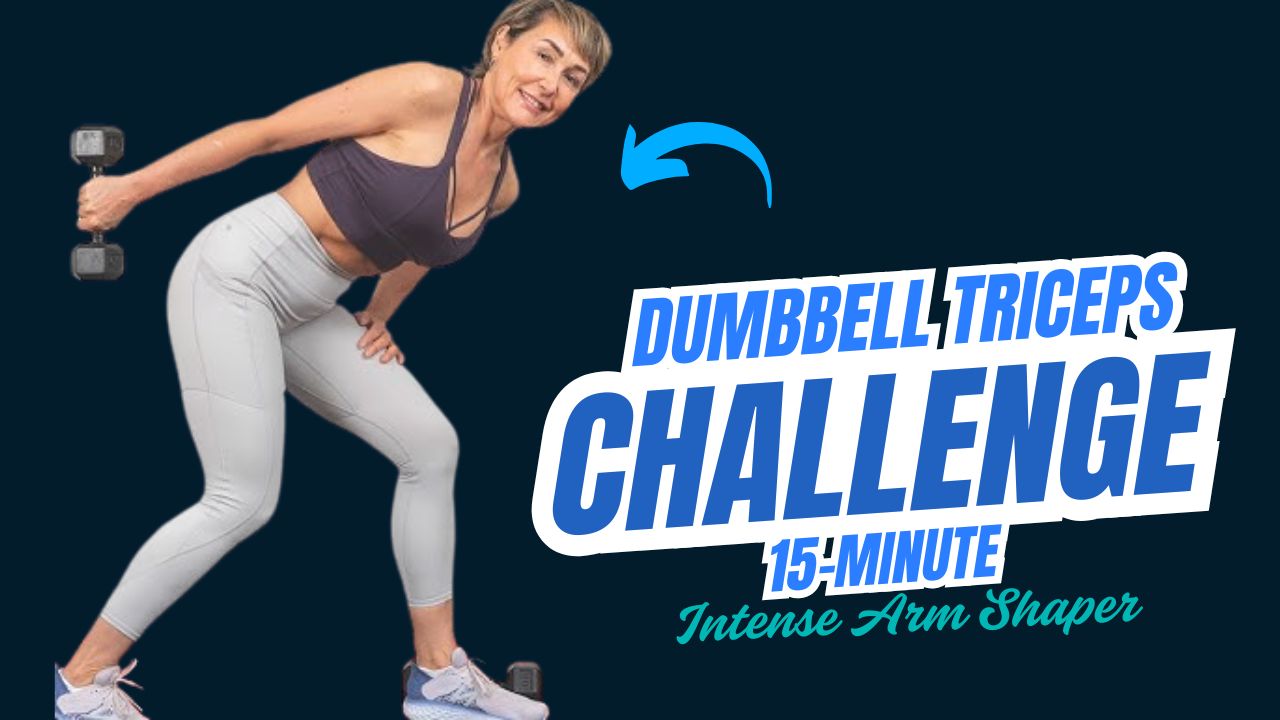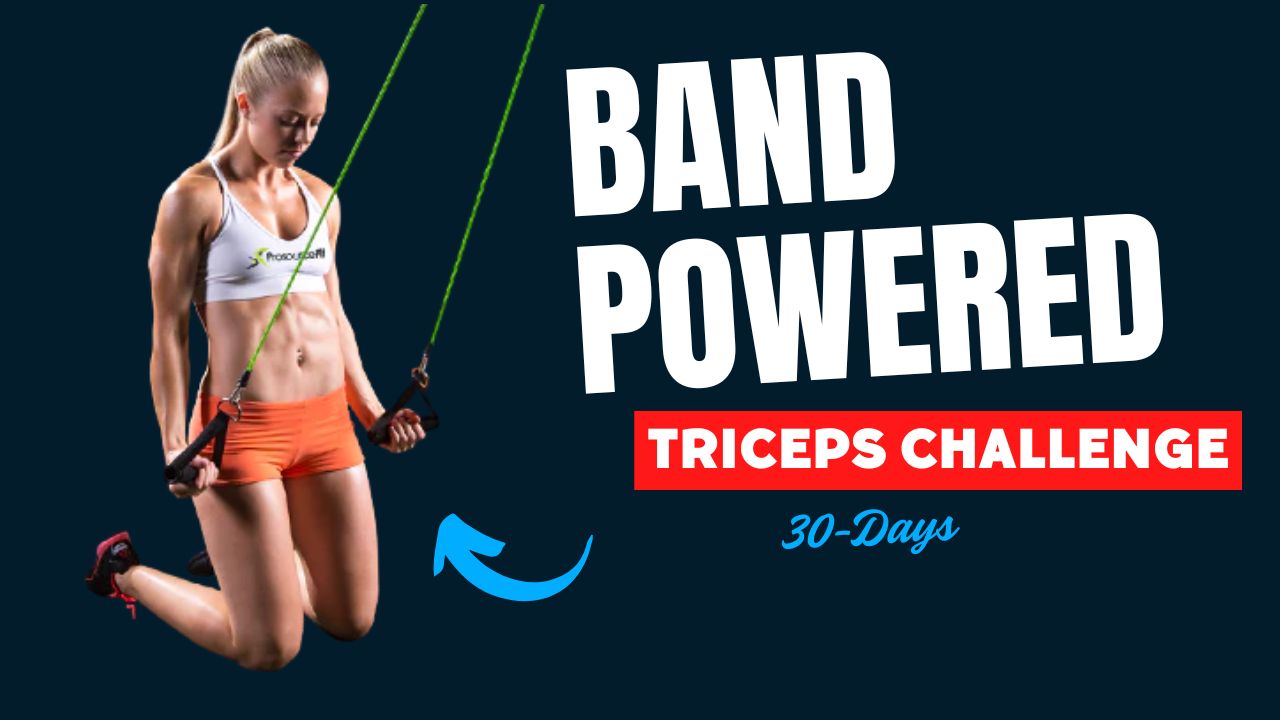Ever felt like your back workouts just weren’t hitting the right spots? Discover how a simple mini loop band can transform your routine, strengthen your back, and boost your posture—without stepping foot in a gym.
Your back is your body’s powerhouse—supporting posture, stabilizing your core, and helping you move efficiently. Yet, it’s one of the most overlooked areas in-home workouts.
The humble mini loop band, often reserved for glute or leg exercises, is a secret weapon for sculpting a stronger, pain-resistant back.
Let’s dive into 8 effective back moves with a mini loop band that you can do anywhere, plus step-by-step guidance to get the most out of each one.
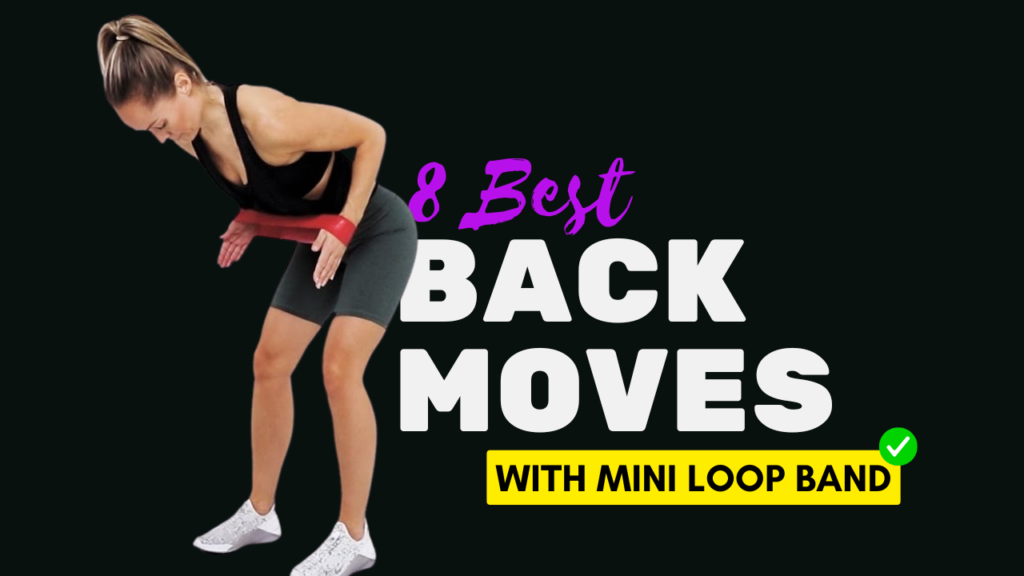
Table of Contents
What Can Happen After 30 Days of Mini Loop Band Back Exercises
| Positive Changes You May Notice | Potential Issues If Done Incorrectly |
|---|---|
| Improved posture with reduced slouching | Increased back or shoulder strain if form is poor |
| Stronger upper, middle, and lower back muscles | Muscle imbalances if only certain moves are repeated |
| Better shoulder stability and mobility | Neck tension if you shrug during exercises |
| Enhanced core strength due to stabilized movements | Wrist or elbow discomfort from gripping band too tightly |
| Reduced back stiffness and discomfort | Lack of progress if resistance isn’t gradually increased |
| Increased confidence in daily movements | Plateau in results if routine lacks variation |
Do & Don’t: Mini Loop Band Back Moves
| Do | Don’t |
|---|---|
| Keep your core tight during every exercise | Arch or round your lower back excessively |
| Move slowly and with control | Let the band snap back quickly |
| Focus on squeezing your shoulder blades | Use momentum to complete reps |
| Start with a light band to learn proper form | Jump straight to heavy resistance before mastering technique |
| Breathe evenly: exhale on effort, inhale on return | Hold your breath throughout the set |
| Stop if you feel sharp pain | Push through intense or uncomfortable pain |
| Maintain a neutral spine position | Shrug your shoulders towards your ears |
| Use smooth, steady reps for maximum muscle engagement | Rush through your reps just to finish quickly |
8 Best Mini Loop Band Back Moves
1. Standing Band Pull-Apart
How to do it:
- Stand tall with feet hip-width apart.
- Grip the band with both hands at shoulder height, arms straight.
- Keeping your arms extended, pull the band apart until your hands move just past your shoulders.
- Squeeze your shoulder blades together, pause, then slowly return.
Reps: 12–15
Benefits: Strengthens the upper back and rear delts, and improves posture.
2. Seated Row with Mini Band
How to do it:
- Sit on the floor with your legs extended.
- Loop the band around your feet and hold each end with your hands.
- Keeping your back straight, pull the band towards your torso, elbows close to your body.
- Squeeze your shoulder blades at the end, then release slowly.
Reps: 10–12
Benefits: Builds middle back muscles and enhances spinal alignment.
3. Bent-Over Reverse Fly
How to do it:
- Stand with feet hip-width apart, hinge forward at the hips.
- Step on the band with both feet, and hold each end with palms facing each other.
- Keeping a slight bend in the elbows, lift your arms out to the sides until they’re parallel to the ground.
- Lower with control.
Reps: 10–12
Benefits: Targets the upper back and rear shoulders, and helps correct rounded shoulders.
4. Kneeling Lat Pull-Down
How to do it:
- Kneel tall, and anchor the band overhead (e.g., around a sturdy bar or door hook).
- Hold each end, arms extended overhead.
- Pull the band down towards your chest while drawing elbows down and back.
- Pause at the bottom, then return slowly.
Reps: 8–10
Benefits: Engages the lats for a broader, stronger back.
5. Single Arm Band Row
How to do it:
- Anchor the band at a low point (e.g., under your foot), and hold the other end with one hand.
- Step back to create tension.
- Keeping your back flat, row your hand towards your hip.
- Lower slowly and repeat. Switch sides after completing reps.
Reps: 10–12 on each side
Benefits: Builds unilateral back strength, and evens out muscle imbalances.
6. Band Good Morning
How to do it:
- Stand on the band with feet shoulder-width apart, and loop the other end behind your neck like a barbell.
- Keep your knees soft and back straight, and hinge at your hips until your torso is nearly parallel to the floor.
- Drive hips forward to return upright.
Reps: 12–15
Benefits: Strengthens the lower back, hamstrings, and glutes—key for back health.
7. Superman Band Pull
How to do it:
- Lie face down with arms extended overhead holding the band.
- Simultaneously lift your arms, chest, and legs off the floor.
- Pull the band apart while in the raised position, squeezing your back.
- Return to the starting position with control.
Reps: 8–10
Benefits: Trains the entire posterior chain, and improves back extension strength.
8. Standing Diagonal Band Pull
How to do it:
- Stand tall holding the band in both hands diagonally across your body (one hand above the shoulder, the other at the opposite hip).
- Pull the band apart diagonally, extending both arms outward.
- Control back to start. Switch sides after completing reps.
Reps: 10–12 on each side
Benefits: Engages upper back and core, and improves rotational stability.
Did You Know?
A weak back is one of the leading causes of poor posture and chronic pain. Strengthening it with moves like these doesn’t just build muscle—it can help alleviate lower back discomfort and even headaches caused by slouched shoulders!
Common Myth:
“Mini bands are only for legs.”
False! Mini loop bands are incredibly versatile. When used creatively, they can train virtually every muscle group—including your back.
Quick Tips for Best Results:
- Keep your core engaged during every move.
- Move slowly, focusing on squeezing your back muscles.
- Breathe out on the effort (pull or lift) and inhale on the return.
Conclusion:
A mini loop band may seem small, but these 8 back moves prove that big results can come from compact tools.
Whether you’re training at home, in a hotel room, or outdoors, these exercises will build a stronger, more resilient back—helping you move better and stand taller every day.
Frequently Asked Questions (FAQs)
Can I do these mini loop band back exercises every day?
It’s best to give your muscles time to recover. Aim for 2–4 times per week, depending on your overall workout routine. Rest days help your back muscles rebuild and grow stronger.
Are mini loop bands effective for building back muscle?
Yes! While they may not add as much bulk as heavy weights, mini loop bands are excellent for improving muscle endurance, activation, and posture. They’re especially effective for strengthening stabilizing muscles in your upper and mid-back.
I have lower back pain—are these exercises safe?
Some of these moves (like the Band Good Morning) can actually help strengthen your lower back when done with proper form. But if you have chronic or severe pain, it’s important to consult a doctor or physical therapist before starting any exercise program.
Do I need multiple band resistance levels?
Having a few band strengths can help you progress as you get stronger and allow you to adjust the difficulty for each exercise. Start with lighter resistance for moves requiring a large range of motion, and heavier bands for rowing or pulling exercises.
How long should a mini band back workout last?
A focused routine of these 8 exercises can take about 15–25 minutes, depending on your pace and rest time between sets.
Can beginners do these exercises?
Absolutely! These moves are beginner-friendly when performed with a light band and proper form. Start slowly, focus on control, and increase reps or resistance as you gain strength.





